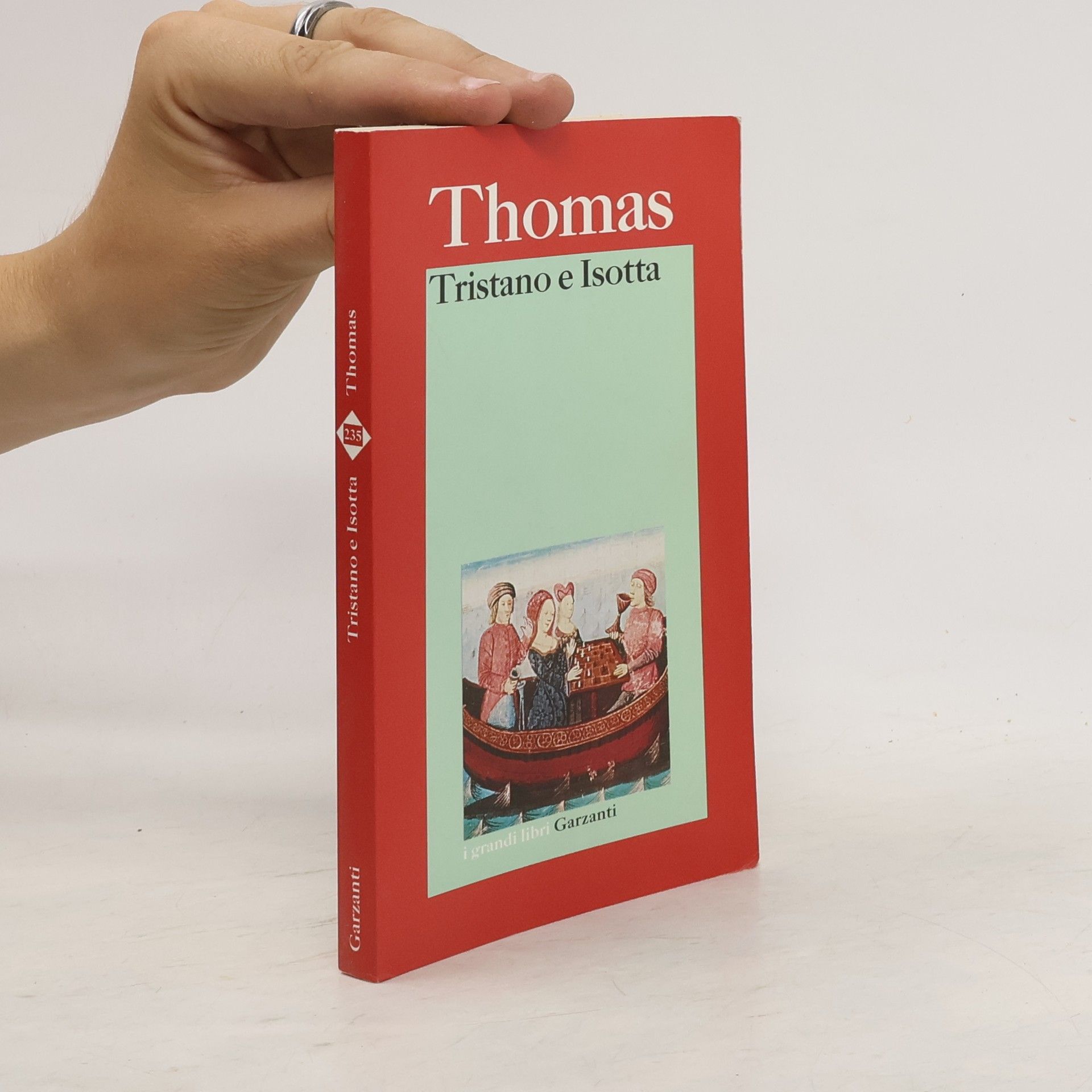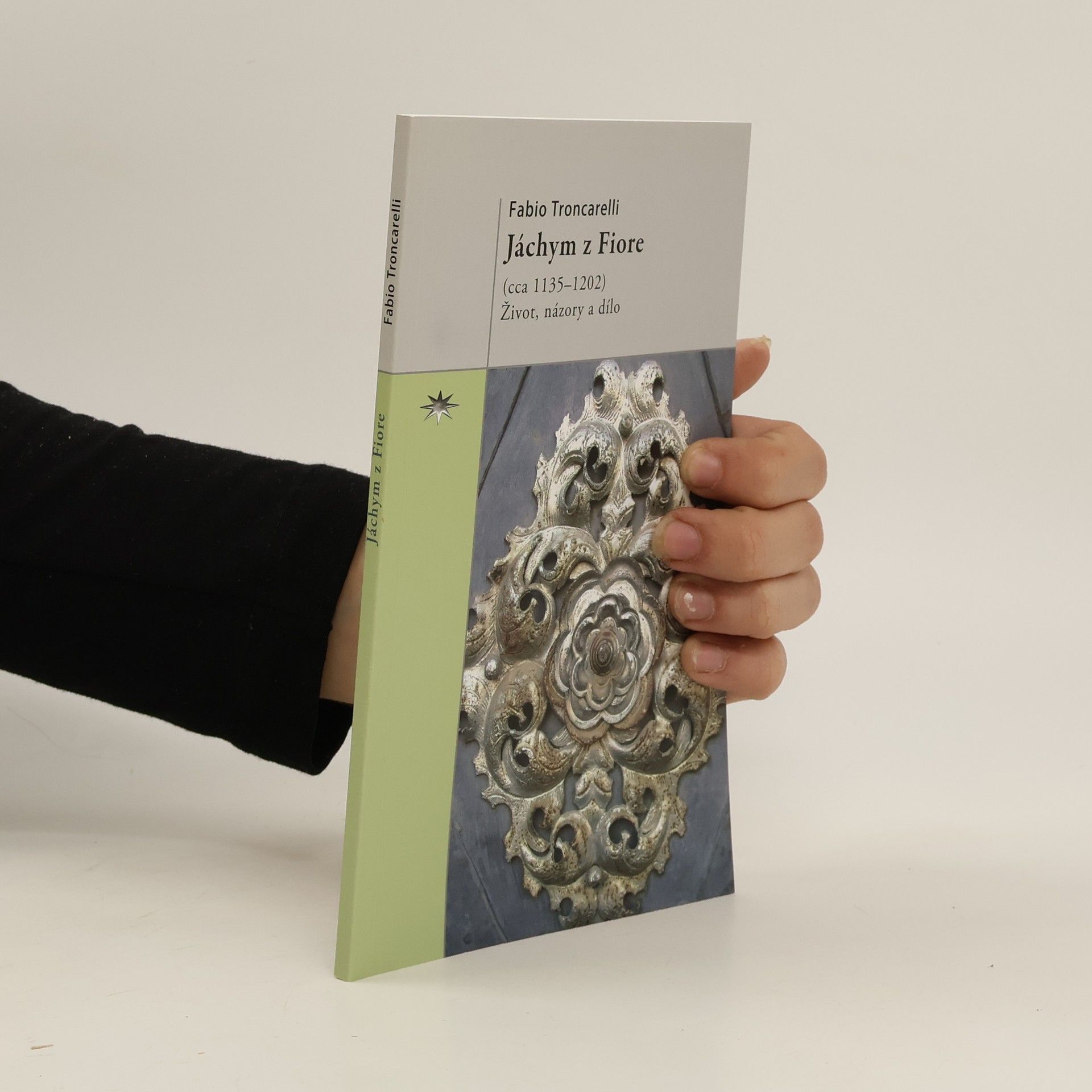Jáchym z Fiore
- 86 stránek
- 4 hodiny čtení
Jáchym z Fiore (asi 1135–1202). Život, názory a dílo. Teolog naděje, kalábrijský mnich Jáchym z Fiore, který bude brzy blahořečen, je dnes již rehabilitovaný pečlivým vědeckým zkoumáním jeho skutečných spisů. Opěvovaný Dantem jako moudrý muž, nesprávně hodnocený filosofy coby „utopický znalec příchodu Antikrista“, myslitel, jenž chtěl hovořit o souvislostech mezi smyslem lidských dějin a chválou za Boží dobrodiní, je představen italským specialistou, který působivě vykresluje jeho značně dramatický život.


